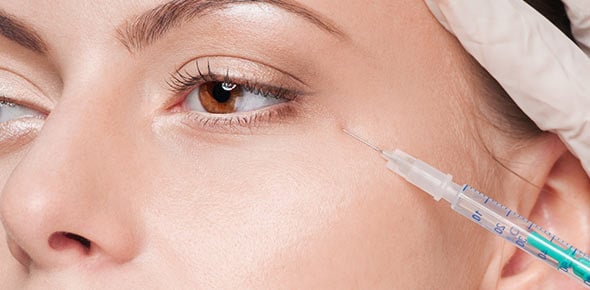During the infection control process, the highest level of...
Methyl, ethyl and isopropyl are all types of?
Which one of the following terms is the process that kills all disease...
Any solid, liquid, or gas that can burn and ignite is considered:
During the infection control process, the level of decontamination...
Washing your hand with soap and water is an example of what level of...
All supplies and implements must be transported to and from remote...
Any Substance that can cause acute or chronic illness to the human...
The use of which one of the following is the most preferred in a...
During the infection control process, the lowest level of...
To achieve disinfection (it's only a disinfectant), salon...
The minimum strength of isopropyl alcohol necessary for disinfection...
According to NY state regulations and law, rules and regulations, the...
According to New York State department of state rules and regulations,...
A salon employee who wished to obtain hazard information about a new...
In order to achieve sterilization, an autoclave uses air pressure and?
Which one of the following types of disinfectants is not recommended...
According to State Law, rules and regulations, failure to display an...
WORDING unreadable ….and use emergency and first aid procedures...
In order to achieve sterilization in an autoclave, steam is combined...
Adverse health defects that develop slowly over a long period of time...
According to NY state regulations and law, rules and regulations, the...
According to New York State law, rules and regulations, when an...
Which one fo the following is the name of the information bulletin...
Chemicals that cause people to develop an allergic reaction after...
Substances or agents capable of producing or causing cancer are known...
Which one of the following types of disinfectants is generally...
Another name for household bleach is?
Rubbing alcohol is the common name for what type of alcohol?
The sum of adverse effects from exposure to a substance is known as?
According to NY state regulations and law, rules and regulations, pick...
Cotton pads that have come in contact with blood or discharge from...
According to State Law, rules and regulations, temporary esthetics...
New York State department of State rules and regulations prohibit the...
Which one of the following type of disinfectants is generally...
Substances or chemicals capable of causing birth defects are called:
According to NY state regulations and law, rules and regulations, an...
According to New York State law, rules and regulations, the photograph...
Non corrosive chemicals that temporarily inflame living tissues by...
Chemicals that cause permanent visible destruction or change in living...
Adverse health affects with symptoms that develop rapidly are called?
Substances whose agents are capable of altering the genetic patterns...
According to NY state regulations and law, rules and regulations,...
Using an antiseptic on the skin is an example of what level of...
Hospital grade disinfectants generally do NOT kill?
During the infection control process, the level of decontamination...
Which one of the following types of disinfectants are generally...
During the infection control process, it is most difficult to kill:
Which one of the following is not a common active ingredient in...
Any liquid having a flashpoint below 100 degrees Fahrenheit is...
The Federal government requires material data sheets be prepared and...
New York State department of State rules and regulations define which...

















